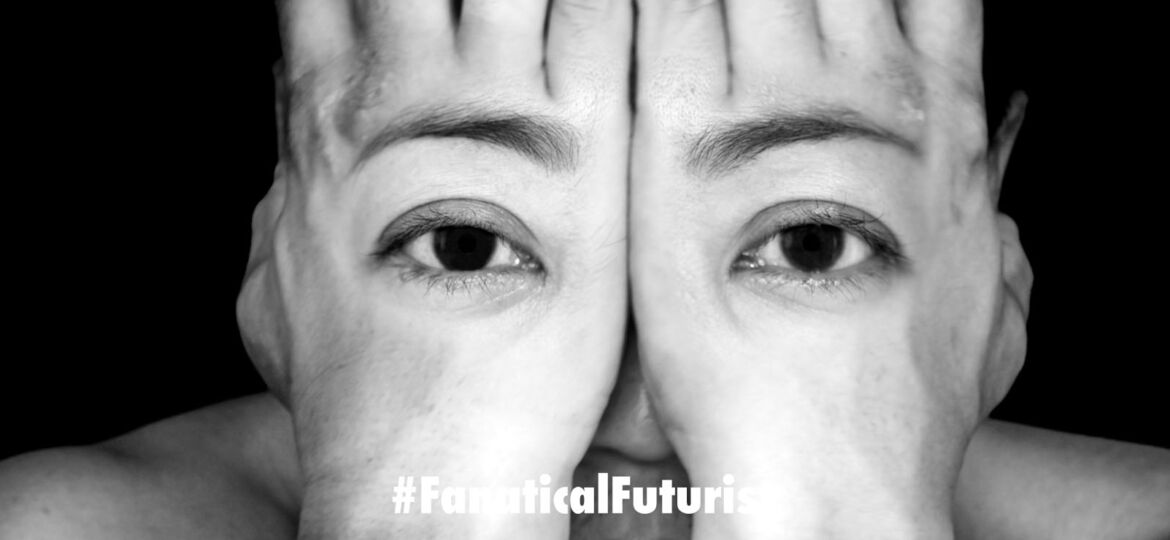
WHY THIS MATTERS IN BRIEF
Increasingly we’re able to use technology to bypass people’s eyes and let them see, and yes it’s as sci-fi as it sounds.
 Love the Exponential Future? Join our XPotential Community, future proof yourself with courses from XPotential University, read about exponential tech and trends, connect, watch a keynote, or browse my blog.
Love the Exponential Future? Join our XPotential Community, future proof yourself with courses from XPotential University, read about exponential tech and trends, connect, watch a keynote, or browse my blog.
Historically you’ve always needed eyes to see, but between bionic eyes and new neural interfaces that recently let a blind woman play computer games without sight, this paradigm is now changing. And now, in another step towards a world where everything, from entertainment to Facebook feeds, could just be streamed straight to your brain, as Elon Musk and Mark Zuckerberg are trying to do, scientists in Spain have implanted a blind patient that allowed her to see by directly stimulating her brain’s visual cortex.
The system uses an “artificial retina” attached to a pair of glasses that detects light in front of its wearer, according to New Atlas. The light is then processed into electrical signals and sent to a series of micro-electrodes implanted in the user’s brain, allowing the user to “see” light picked up by the glasses.
The researchers tested the system on a 57-year-old woman who had been completely blind for more than 16 years. During the experiment, she was eventually able to identify shapes and silhouettes detected by the artificial retina — startling progress toward the type of seamless bionic eyes anticipated by sci-fi like “Star Trek.”
“We consistently obtained high-quality recordings from visually deprived neurons and the stimulation parameters remained stable over time,” read a paper about the research published in The Journal of Clinical Investigation. The authors added that the patient was able to “identify some letters” and even “recognize object boundaries.”
While some might be squeamish about the idea of implanting electrodes in their brains, the team behind the study found that the artificial retina system didn’t affect the area of the brain around the visual cortex and didn’t simulate non-target neurons — suggesting that the system is fairly safe and unobtrusive, or at least as unobtrusive as a brain implant can be. The system also required a relatively low level of electrical activity when compared to other neural implant arrays.
The system was eventually removed from the woman’s brain after six months of use.
Of course, more research is needed before this technology is rolled out on a larger scale. However, early indicators are promising. Between Virtual Reality (VR) systems that have helped blind people see, neural implants, and gene editing tech which has also been used to reverse inherited blindness, certain types of blindness could soon be a thing of the past — at least for those with access to cutting edge healthcare and technology.
















